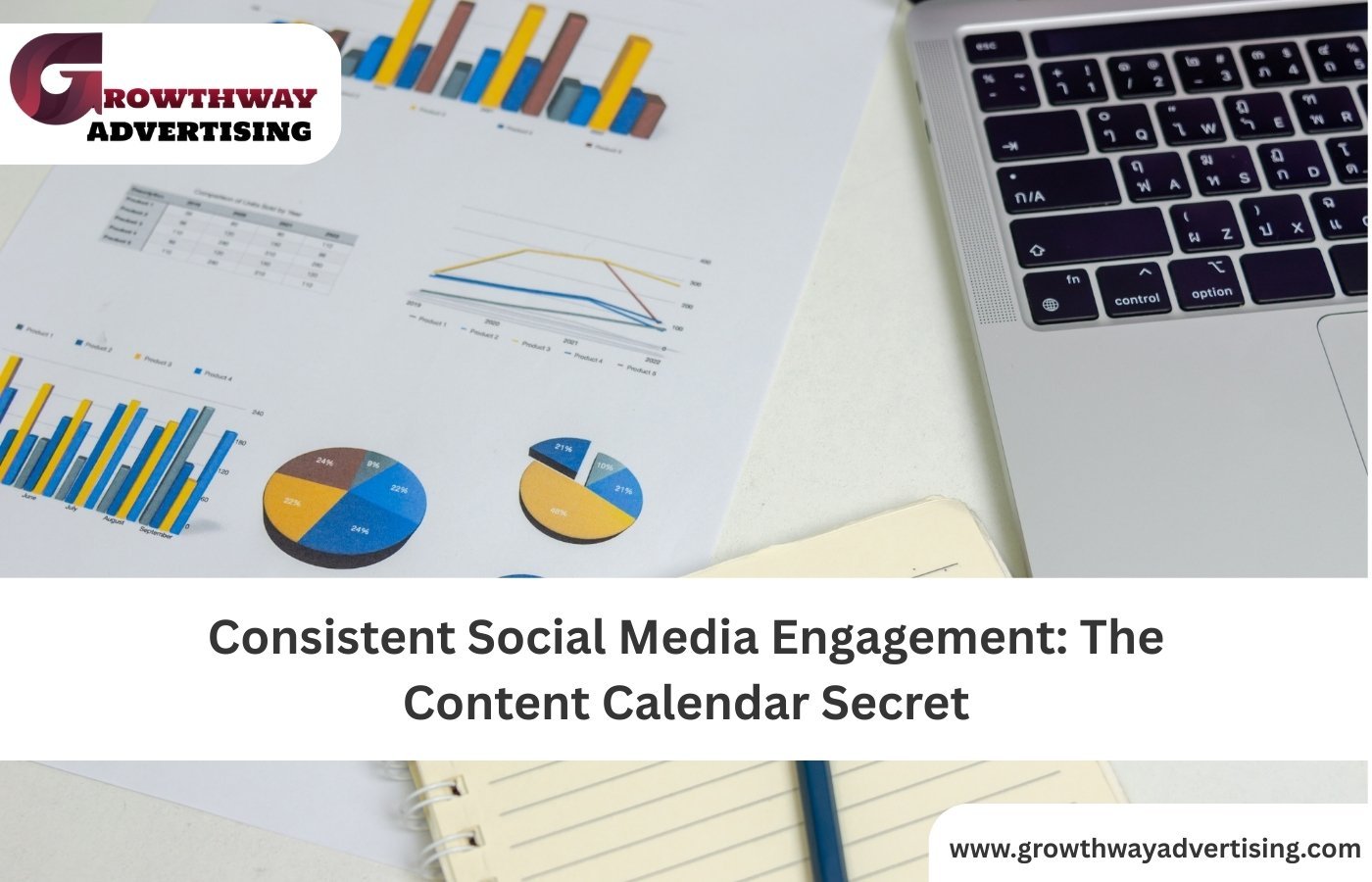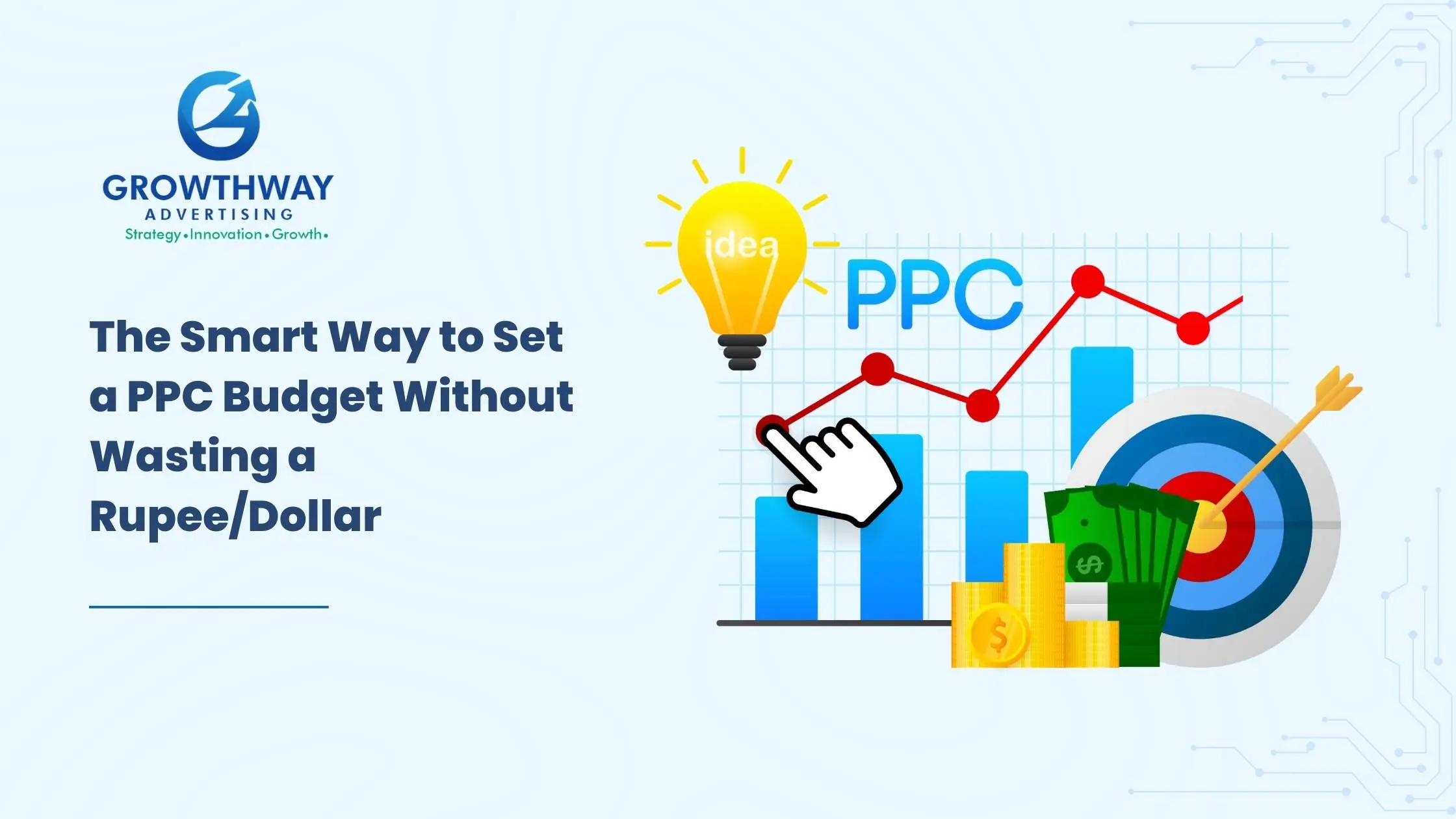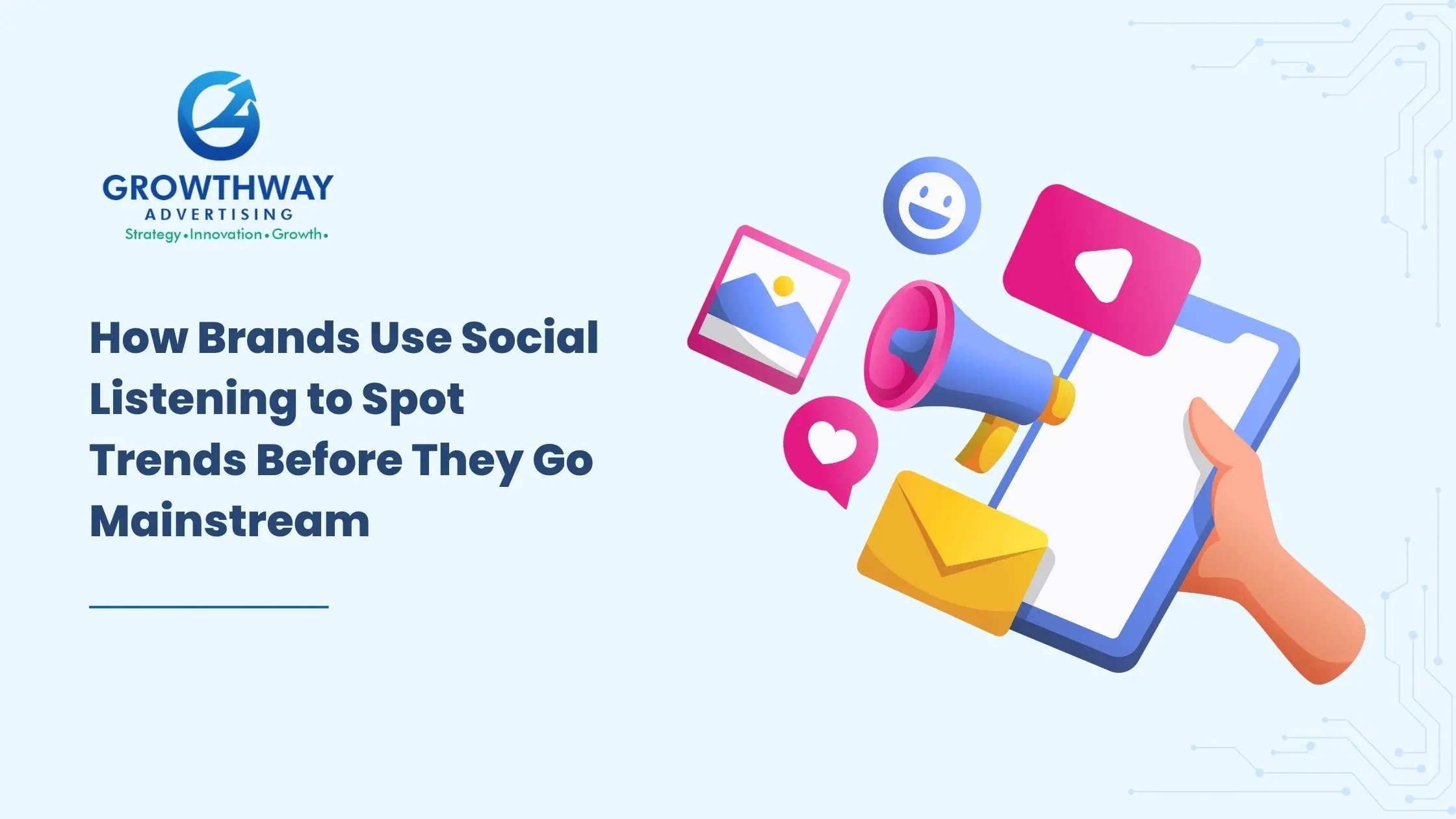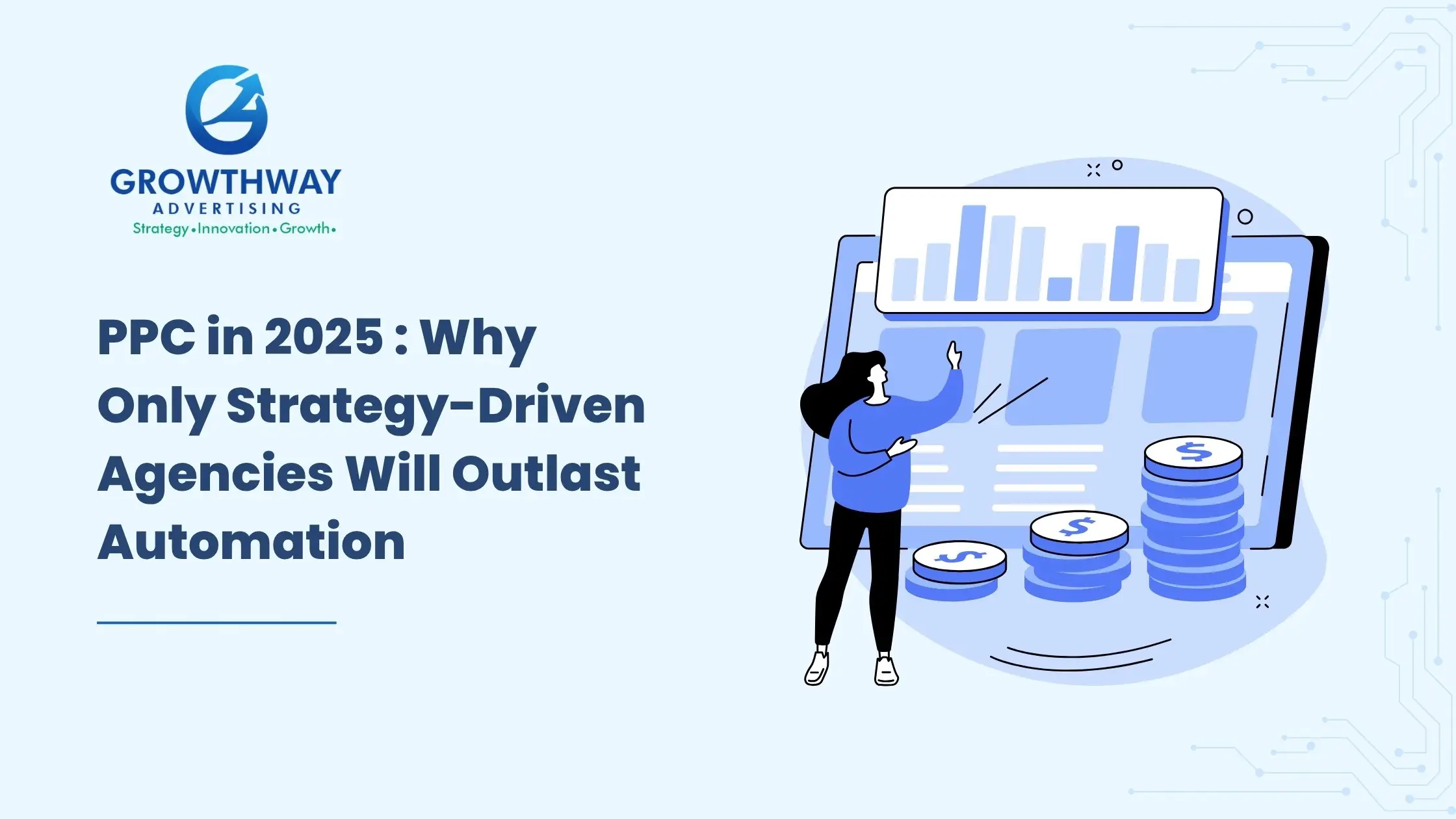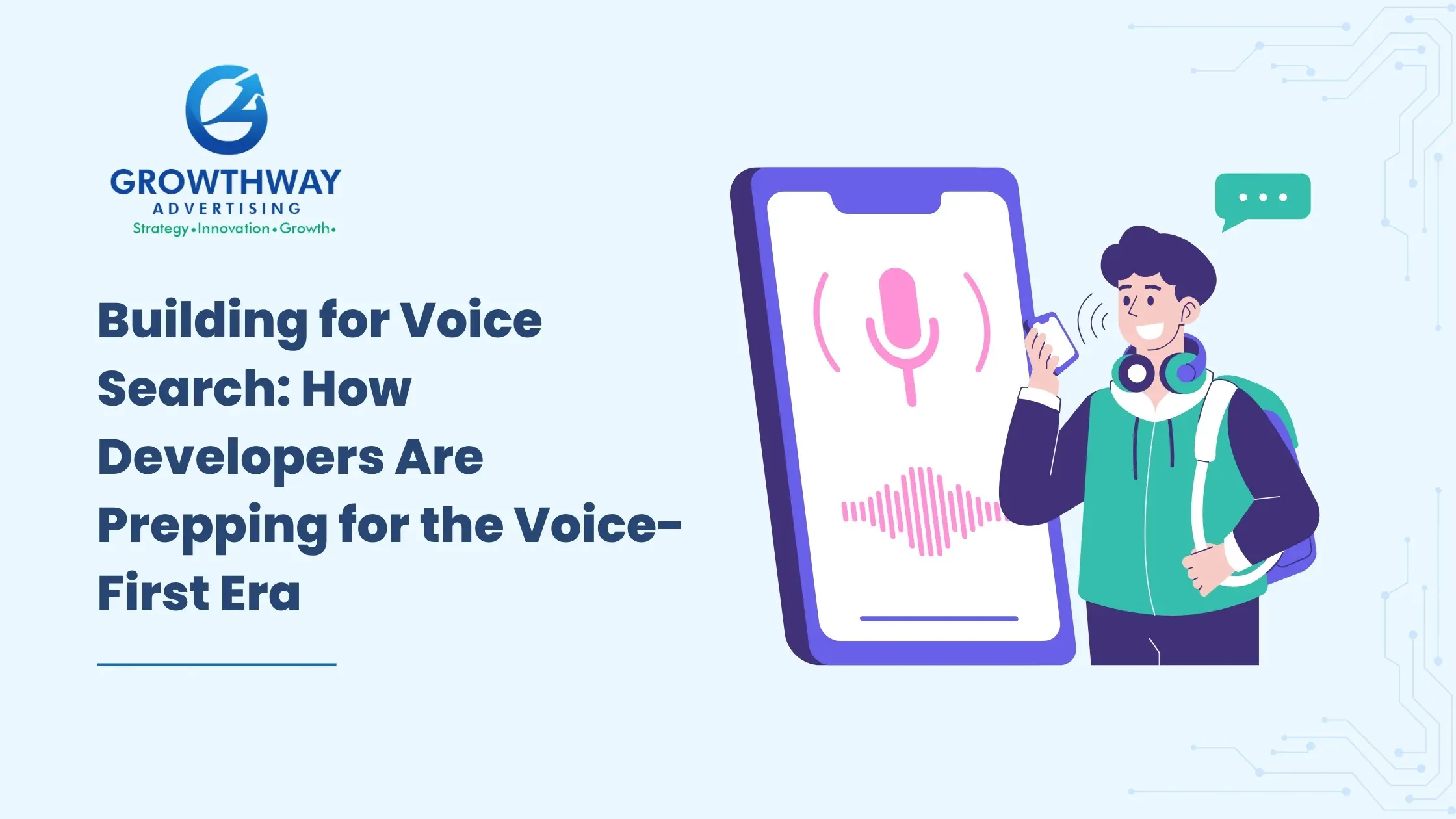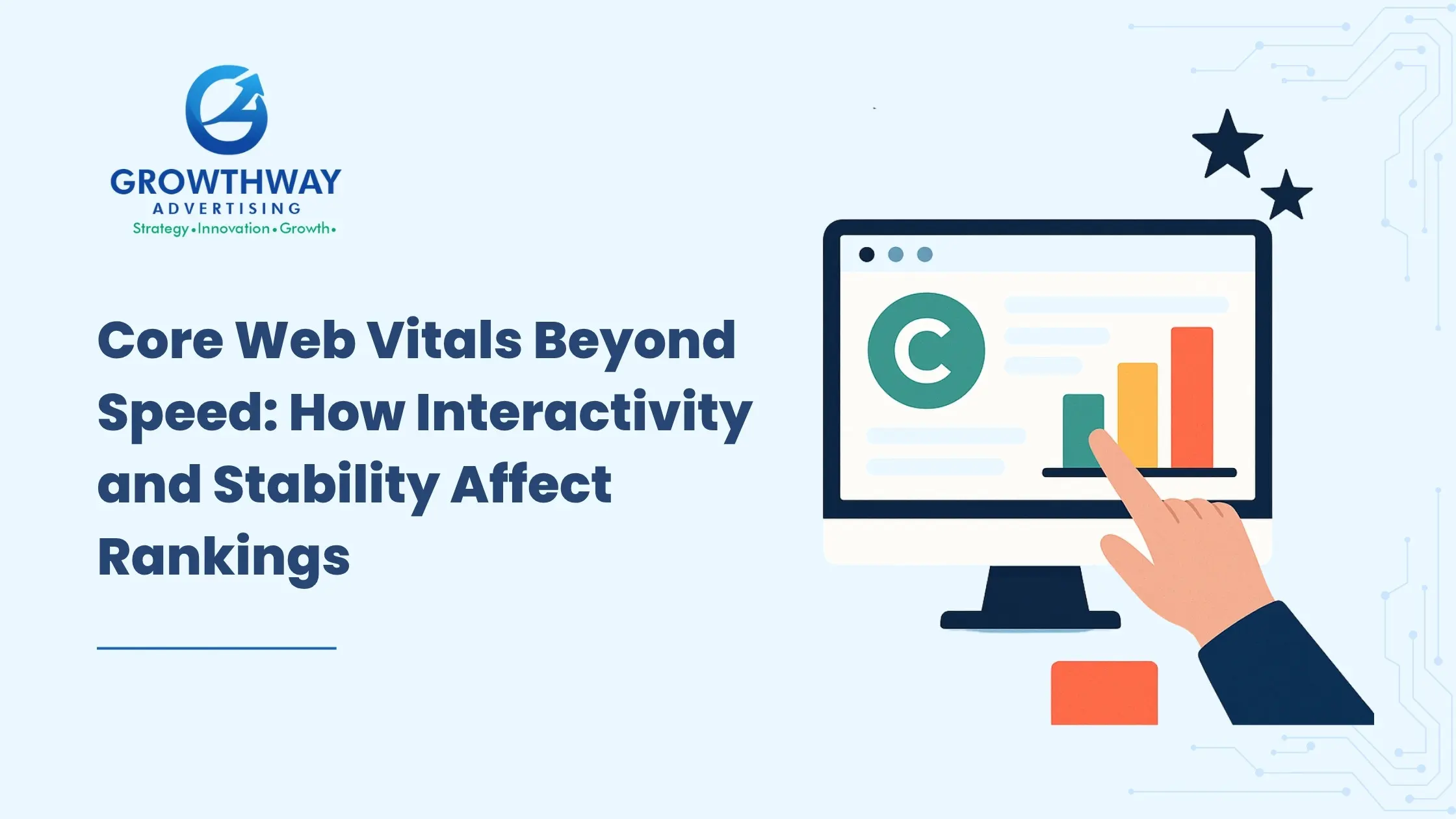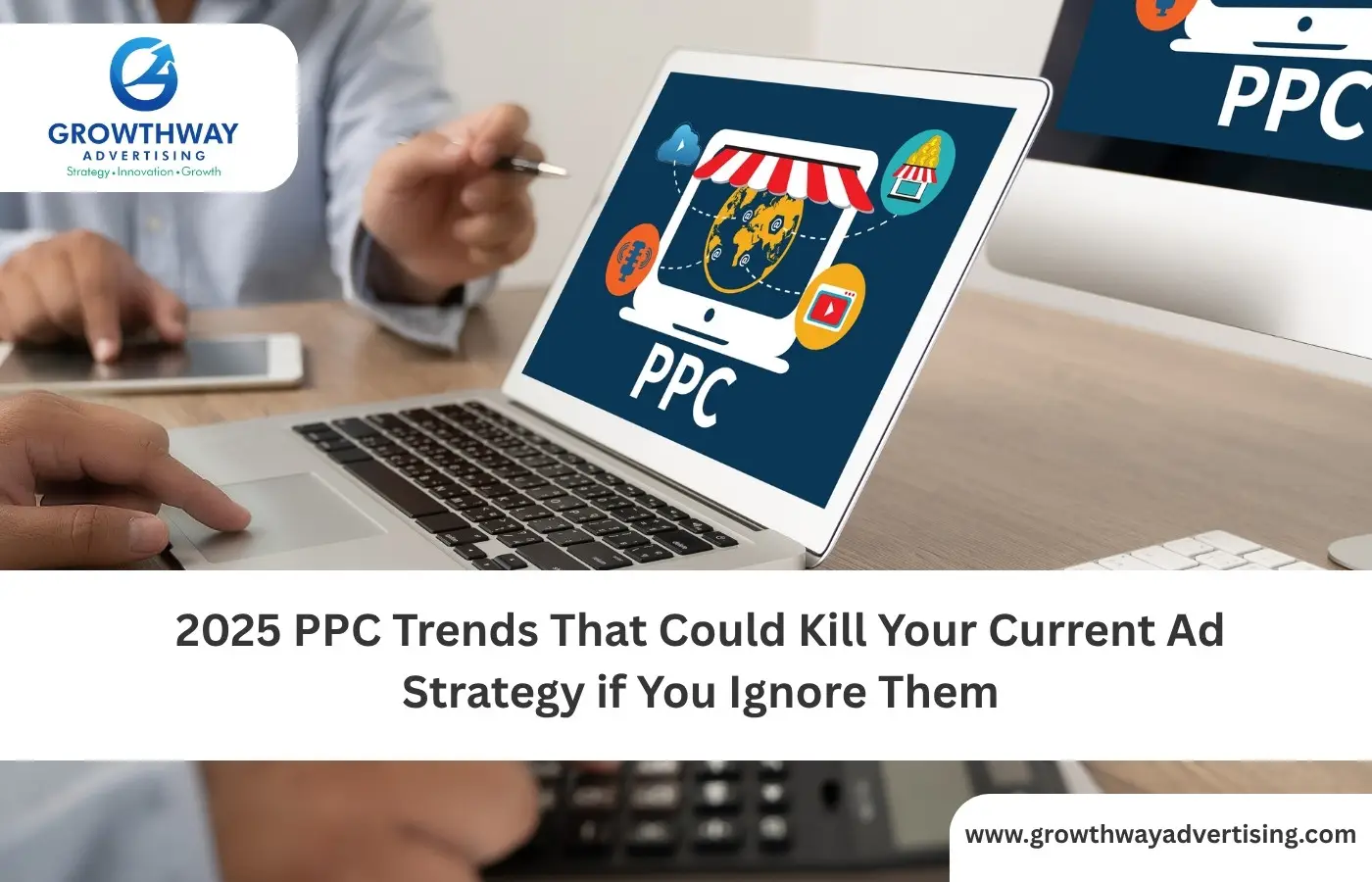When your audience forgets that you are there between postings, then you are not boring; your brand is not irresistible, you are not interesting to them, you are not relevant to them when they forget that you exist in this social media. It is simply because you are not consistent. The thing is that consistency is not necessarily posting more, it is smarter planning. That is where the Social Media Calendar then becomes your secret weapon.
When constructed in a proper way, it is more than a spreadsheet. It is a content planning platform; it is an organizer of campaigns; it is a tool of tracking performances. Even still, most brands utilize it half-capacity creating only post dates and captions–and lose out on opportunities that can bring the number of engagements to a doubling or even a tripling.
So how does one actually create a Social Media Calendar that ensures you remain relevant every single day and at the same time not burning out your team? Well, let us break it down.
Start With Strategy, Not Slots
A lot of people jump straight to scheduling posts. That is mistaken. Before you have thought about your initial loading, your social media manager ought to respond to four fundamental questions:
- Who exactly are we trying to reach?
- What conversations do they already care about?
- Which social media trends match our brand voice?
- What results matter most follower growth, website clicks, or conversions?
It is here you must have a content pillar approach to your calendar. Rather than trying to struggle with what to write about each week, figure out 3-5 themes you can work off of. Such as: product education, customer stories, industry insights and hot topics.
Layer in Algorithm Awareness
The account of platform algorithms is one of the greatest opportunities that are overlooked in most calendars. Each of the popular platforms, Instagram, Tik Tok, and LinkedIn would accentuate some kind of behavior. The posts your social media marketing firm or in-house department should schedule should maximize:
- Early engagement (encourage comments in the first hour)
- Retention (videos that keep viewers until the end)
- Sharing potential (content worth sending to a friend)
This does not imply trying to cheat the system but rather to organize your calendar and allow the maximum opportunity to be noticed by every social media campaign.
Map Out a Content Mix That Drives Action
An effective Social Media Calendar can tell you when to publish, but also what you publish each day or each week. That means balancing:
- Evergreen content (timeless posts that stay relevant year-round)
- Timely content (tied to current social media trends or industry news)
- Promotional content (product launches, offers, events)
- Community content (user-generated content, testimonials, team spotlights)
By preplanning this mixture, social media marketing firms are always assured of not spamming the sales posts or failing to respond to the audience.
Integrate Paid and Organic Efforts
The majority of calendars just monitor organic posts. However, when you do adverts, sponsored posts, or advertiser partnerships, these have to be planned in your schedule.
Why? Because aligning paid campaigns with organic content can:
- Increase reach without fragmenting your messaging
- Allow your social media management services to A/B test creatives in both spaces
- Make sure every piece of content supports the same overall goal
If your brand invests in paid, mark those ad start and end dates directly in your calendar.
Build Engagement Triggers Into the Plan
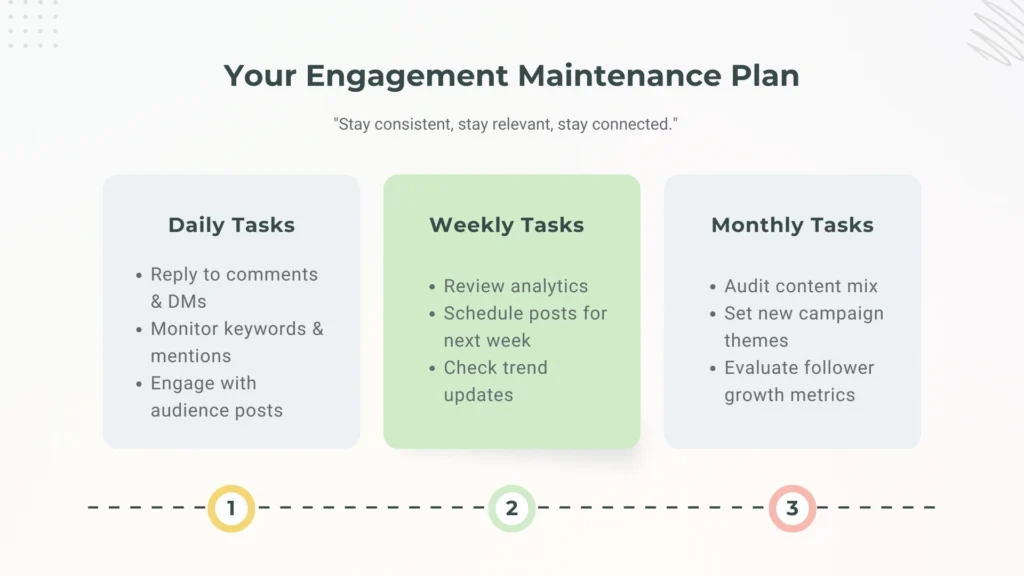
The half of it is posting. The other half is communicating: it is fast and substantial. An effective social media manager will time:
- Comment reply windows (twice a day)
- Story polls or Q&A sessions
- DM follow-up prompts
- Tag monitoring sessions
This is where monitoring keywords comes in. Be sure to track brand mentions, hashtags that are relevant and industry-related terms, so your brand can be part of the discussions as they occur.
Use Analytics for More Than Vanity Metrics
Likes and comments are all most brands go to. Performance tracking should however, be more profound:
- Click-through rates on links
- Average watch time on videos
- Saves and shares
- Engagement rate by post type
- Hashtag performance
- Follower growth source (organic search, suggested posts, ads)
- Audience demographics shifts
Your social media management team should review these numbers monthly and adjust the calendar accordingly. If educational reels are outperforming product shots, you pivot the ratio.
Plan for Reactive and Crisis Content
There is one more gap in the majority of the calendars? Nothing gets to go wrong. A dynamic Social Media Calendar takes into consideration:
- Breaking news in your industry
- Major world events
- Customer feedback or complaints that need public addressing
- Viral trends worth jumping on
Leave “floating” slots in your calendar each month for this kind of content so you can stay agile without derailing your core strategy.
Think in Campaigns, Not One-Off Posts
Each item of information must be in context. A social media campaign may last one week, a month or a season, however, it must possess a clear:
- Objective (increase sign-ups, drive product awareness, etc.)
- Key message and hashtags
- Visual style
- Performance benchmarks
Rather than scheduling single posts, your social media marketing services are supposed to plan sequences- contents that gain momentum with time.
Cross-Platform Storytelling
This is another major thing that normal calendars fluff: they do not take one large and implement it in several forms over various mediums. An individual projection such as a customer success story can be:
- A short TikTok or Reel highlighting the transformation
- A LinkedIn post detailing the behind-the-scenes process
- An Instagram carousel with quotes and visuals
- A YouTube video going deeper into the story
Using this strategy gives social media services the chance to extract maximum value out of just a single idea at a time optimizing the channeling to suit any audience along the way.
Use Templates to Save Time
A social media marketing agency serving several clients has to depend on the templates. These may be:
- Monthly overview calendars
- Post briefing sheets with caption drafts, hashtags, image notes
- Performance dashboards for performance tracking
- Approval workflows for client review
Templates ensure that social media marketing firms are not recreating the wheel on a monthly basis.
Weave in User-Generated Content (UGC)
UGC is engagement gold and yet a lot of calendars do not plan it. It does not matter whether they are organic posts of fans or social media campaigns to gather the stories of customers, UGC must be incorporated in your posting strategy.
Why? Since it creates trust, enhances reach and provides authenticity to your brand. It is also budget-friendly- your social media management services only have to source, credit, and schedule it.
Seasonality and Event Mapping
It is possible to predict seasonal spikes. The calendar a well prepared social media manager would synchronize with:
- Annual holidays
- Industry-specific events
- Seasonal product launches
- Back-to-school, year-end, and shopping holidays
Over romanticizing these dates over your posting schedule will make sure that you have relevant posts at the right time.
Automate, But Don’t Set and Forget
The scheduling tools may take hours per week, however, automation is not autopilot. Maintain some time in the diary to:
- Checking analytics in real time
- Swapping out underperforming posts
- Updating captions if trends shift
- Adding last-minute content inspired by emerging social media trends
Not exhausting the addition of extra content that has been inspired by new social media trends
Automation must help you and not replace you.
Create Feedback Loops Between Teams
When you have a social media marketing agency as a partner the loop between creative, strategy and analytics is vital. Your calendar should make it easy to:
- Flag posts for review
- Share audience responses
- Adjust campaign messaging on the fly
- Align content with other marketing channels like email or PPC
Make It Visual
Your calendar does not only concern dates and times. Add:
- Thumbnail previews of images or videos
- Color-coded post types (campaign, UGC, trend, promotion)
- Icons for platforms to avoid confusion
- Quick analytics notes for easy performance tracking reference
Your social media management team can employ a clearer calendar that is visually clear and thus in use daily.
FAQ’s
Most brands review their calendar monthly, but weekly updates are best for incorporating trends, analytics, and real-time opportunities.
Yes. Consistency in posting, combined with relevant trends and engagement strategies, leads to steady follower growth over time.
Content planning allows you to balance post types, align with trends, and ensure every piece serves a goal maximizing ROI.
Tools like Hootsuite, Buffer, and Sprout Social make scheduling, monitoring keywords, and performance tracking easier for managers.
Yes. Even if posting frequency varies, each platform benefits from organized, goal-driven content planning.
Monitoring keywords helps you spot trends, join relevant conversations, and create timely content that boosts engagement.

